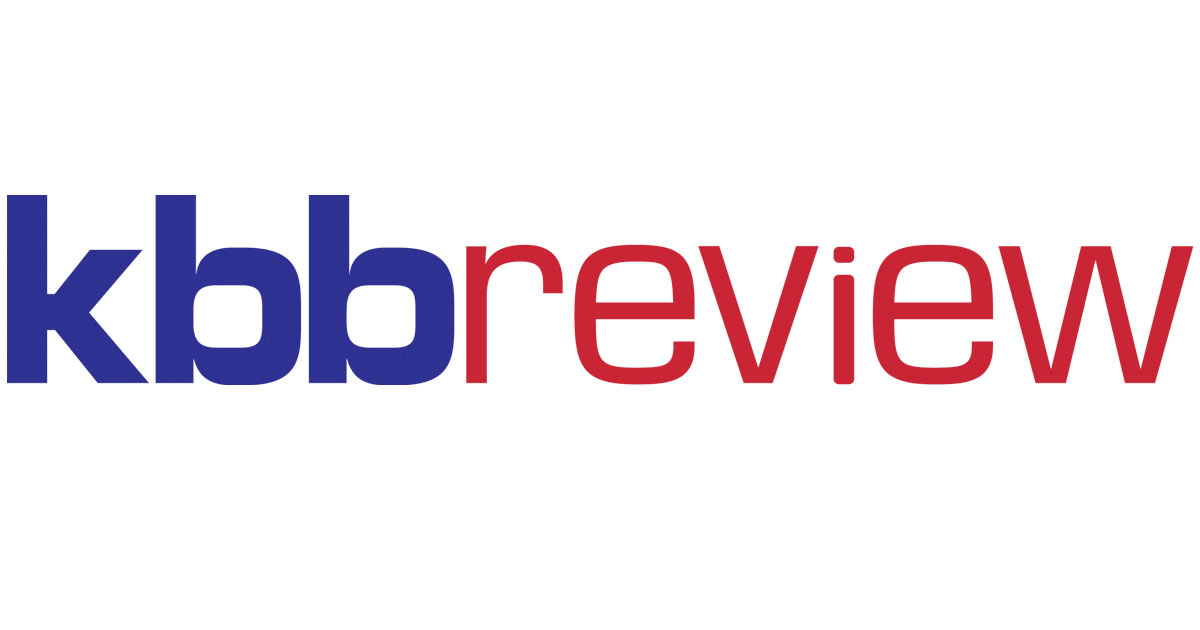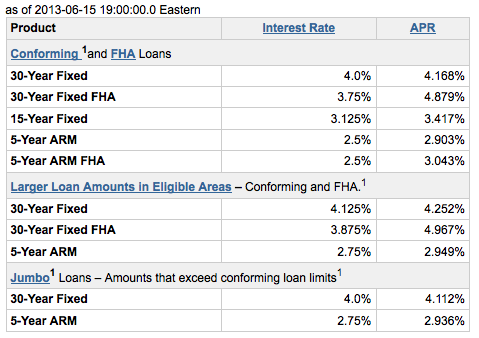
As a result, quantitative easing became the central bank's primary tool to stop the crisis. Firstly, the Central Bank purchases linear relationship meaning bonds from businesses in the private sector. They are purchased as government bonds and are bought in large quantities.
With banks being reluctant to lend money, the rate of inflation could potentially rise. This could then promote borrowing (which is one of the aims of QE) as borrowers would pay lenders back with money worth less than what was originally borrowed. Central banks will normally prefer to cut interest rates before instigating quantitative easing. Tax rebates, austerity and helicopter money are other alternatives. However, because investors will respond rapidly and en masse to any announcement, markets don’t necessarily wait for explicit statements from central banks before this price rise happens.
QE Keeps Bond Yields Low
The interplay between large federal deficits, re-onshoring production, and the Federal Reserve's balance sheet reduction creates a complex web of economic dynamics. These trends can either converge or diverge, https://1investing.in/ leading to different outcomes in terms of interest rates, inflation, and the overall stability of the economy. QE involves us buying bonds to push up their prices and bring down long-term interest rates.
- Both quantitative easing and negative interest rates aim to make it easier to borrow money and increase aggregate demand, but they do so differently.
- Speculation abounded that China’s central bank had implemented quantitative easing during the 2020 Covid-19 pandemic.
- For example, the housing bubble spurred by quantitative easing caused home prices to rise, not correlated to the actual values of the homes.
- Tapering off from quantitative easing decreases demand for both, meaning their prices fall.
A liquidity trap is a scenario in which monetary policy becomes ineffective thanks to a combination of very low interest rates and very high savings rates. Consumers may avoid bonds in favour of cash savings if they believe that an imminent rise in interest rates will lower bond prices. Central banks are unable to spur investment by reducing interest rates further. Equities (stocks), therefore, tend to benefit from quantitative easing.
The money that the Central Bank pumps into the economy increases spending which will help the inflation rate stay on track to meet the government’s target. In March 2020, the ECB announced a Pandemic Emergency Purchase Programme (PEPP) of €750bn, which was increased by €600bn on 4 June and by €500bn on 10 December, to a total of €1.85tn. The programme’s aim was to reduce the cost of borrowing and increase lending in the eurozone. Its most recent round of quantitative easing was during the coronavirus pandemic. An emergency meeting in March 2020 led to the announcement of £200bn-worth of government bond purchases, with £100bn and £150bn announced in June and November 2020, respectively. Quantitative easing’s primary goal is to encourage spending in the economy.
How does Quantitative Easing Work?
In November 2009, the Monetary Policy Committee (MPC) voted to increase this to £200bn. In theory, any quantitative easing policy will be reversed and eventually ended once it has achieved its stated aim of stabilising the economy. This process is known as tapering, whereby central banks slow their purchasing of assets. However, no central bank that has implemented a QE policy has ever successfully fulfilled its promise to end it. Because of the Fed put, investors may choose to ‘buy the dip’ when asset prices fall in the knowledge/hope that central banks will step in to reverse any severe falls in the market.

This is a monetary policy tool where the Federal Reserve or another central bank reduces the money supply by selling securities to commercial banks. This takes reduces the money supply, leading banks to raise their lending standards and ultimately dampening economic activity. To carry out this unconventional monetary policy, the Central Bank will buy government securities from commercial banks and other private financial institutions. It will lower short-term interest rates and the prices of those financial assets will rise, boosting investments. Quantitative easing is when the Central Bank purchases government bonds and assets from the financial market in order to pump money into the economy.
On March 15, 2020, the Fed announced it would purchase $500 billion in U.S. It would also buy $200 billion in mortgage-backed securities over the next several months. In turn that tends to push up on the value of shares, making households and businesses and other financial institutions that own those shares wealthier. Rather than hold on to that cash, it might invest it in other financial assets, such as shares. So, for example, lower government bond yields feed through to lower interest rates on household mortgages. Now that we are reversing QE, some of those bonds will mature and we are selling others to investors.
Buying bonds supports the prices of other financial assets
However, in June 2021, the bank raised the foreign-currency requirements of domestic banks from 5% to 7% in response to the yuan’s strengthening against the dollar and the consequent inflation in the price of Chinese exports. Central banks will not usually allow the stock market to decline beyond a certain point and will step in with policies to reverse any serious declines. This is generally known as the ‘Fed put,’ with some specific instances named after the respective Federal Reserve (Fed) chairs that instigated them (for example the ‘Greenspan put’ in 1987 and the ‘Powell put’ of 2019).

A depreciation in a currency will make exports for that country cheaper – meaning the country is selling their goods at a lower price which means lower profits. A country needs an appreciation in their exchange rates to make imports cheaper and exports dearer – where they can sell goods at a high price. All of these things help a country to improve the rate of economic growth. It will explain how Quantitative Easing works and the effects of Quantitative Easing on a country’s interest rates, inflation rates and exchange rates. This article will also go through real life examples of where Quantitative Easing has had to be used. Liu Guoqiang, vice governor of the PBoC, told the same briefing that there was no need to lower Chinese banks’ capital adequacy ratios.
Disadvantages of quantitative easing
On Nov. 3, 2010, the Fed announced it would increase its purchases with QE2. It would buy $600 billion of Treasury securities by the end of the second quarter of 2011. In the UK, despite huge Quantitative Easing stimulus packages being announced, inflation remained low at 0.5% due to low consumer confidence hence it could be argued that the money supply would not have had its intended effects. In addition, the Fed said that the unlimited asset purchases will include commercial mortgage-backed securities; the previous plan only included residential agency mortgage-backed securities. And there are lingering concerns about the potential of relying too heavily on QE, and setting expectations both within the markets and the government, Merz says. “An explosion in the money supply could harm our currency and that’s the ultimate fear behind QE that hasn’t happened in a dramatic way,” he adds.
Federal Reserve, purchases securities from the open market to reduce interest rates and increase the money supply. The biggest danger of quantitative easing is the risk of inflation. Ultimately, quantitative easing aims to stimulate the economy through increased borrowing activity.
How does the tapering of quantitative easing affect the markets?
This can make it easier for investors to access capital and potentially drive up asset prices, including the prices of investments such as stocks and bonds. Quantitative easing (QE) is a monetary policy tool used by a central bank (i.e. the Federal Reserve) to stimulate the economy in times of crisis. QE acts as a monetary stimulus and is utilized when interest rates are high and economic activity is slow. The fall in bond prices increases bond yields and can act as an incentive to saving. In 2017, the Fed accentuated this effect by commencing quantitative tightening, which is when a central bank sells government bonds back into the market to create negative asset flows on its monthly balance sheet. Quantitative tightening (QT) is the sister policy of quantitative easing.
Quantitative easing is much more complicated than simply “printing money,” as some people accuse the government of doing. The additional buying activity stimulates the economy and spreads money around. The Federal Reserve does not literally print money—that's the responsibility of the Bureau of Engraving and Printing, part of the Department of the Treasury. However, the Fed is able to "create" money by buying Treasury securities from commercial banks, using newly-created dollars that are added to the banks' balance sheets. Those banks can then lend out the money to borrowers, thereby increasing the money supply. Whether quantitative easing works is a subject of considerable debate.
Will The Bearish Trend In Bonds Continue? - Barchart
Will The Bearish Trend In Bonds Continue?.
Posted: Wed, 13 Sep 2023 16:24:00 GMT [source]
Quantitative easing is a tactic used by the Federal Reserve to stimulate the economy in times of crisis. Increasing the money supply through quantitative easing keeps the value of a country’s currency low and makes it attractive to foreign investors. Furthermore, as the Central Bank buys government securities, such as Treasury bills, this increases the demand for T-bills and, therefore, keeps Treasury yields low. When implementing Quantitative Easing, the Central Bank, more often than not, aims to reduce interest rates. For example, during The Financial Crisis of 2008, the Bank of England reduced interest rates from 5% to 0.5%. The main aim from this was to promote borrowing from banks so the consumer would then be able to increase their spending which in turn would stimulate economic activity.
Monetary financing
The use of quantitative easing has had a significant impact on delaying recessions. By injecting liquidity into the financial system, central banks have been able to support economic growth and prevent immediate downturns. However, there are concerns that the prolonged use of QE may have unintended consequences and lead to delayed recessions in the future.
Central banks in many other countries, including the United States, the euro area and Japan have used it too. We have been both increasing Bank Rate and reversing QE – a process sometimes called ‘quantitative tightening’ (QT). The last time we announced an increase in the amount of QE was in November 2020. The other is Bank Rate, which historically has been our most important tool. At the peak of the programme, the Bank of England held well over a third of the national debt. Economies' recover from the pandemic and the Russian invasion of Ukraine sent prices rising fast.
